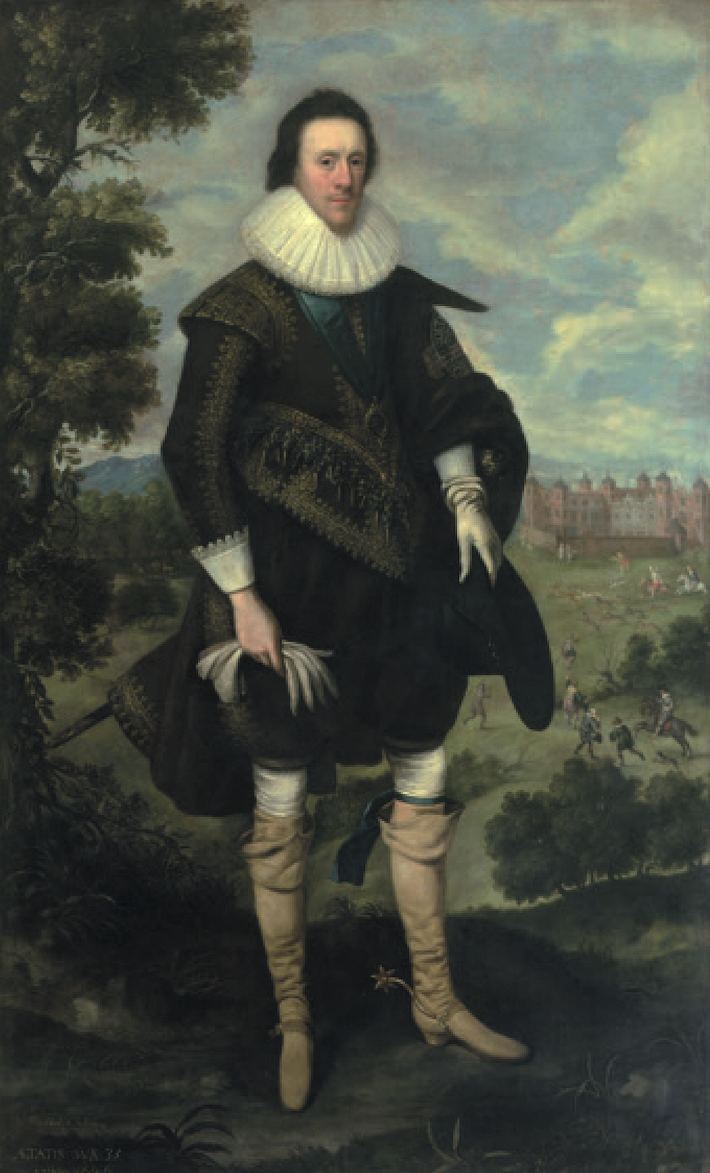Name George Geldorp | ||
 | ||
Died November 4, 1665, London, United Kingdom | ||
George Geldorp (1580/1595, Cologne – 4 November 1665, London) was a Flemish painter who was mainly active in England where he was known for his portraits and history paintings. He was also active as an art dealer and impresario.
Contents

Biography
Geldorp was the son of the Flemish portrait painter Gortzius Geldorp who lived and worked in Cologne. Geldorp first trained and worked as a painter in Cologne before being admitted as a Master in the Guild of Saint Luke in Antwerp in 1610. Two years later his first wife Margriet Parmentiers died in Antwerp. In 1623, he moved to London where he painted a number of portraits in the Anglo-Netherlandish style, notably William Cecil, 2nd Earl of Salisbury and his wife Catherine in 1626 in Hatfield House, Hertfordshire and Sir Arthur Ingram in late 1638/early 1639.
He was further involved in organizing commissions for other artists including Rubens, Anthony van Dyck and Peter Lely. As he assisted with the reconstitution of the art collection and possessions of the English Royal family he was rewarded with the post of picture mender and cleaner to the King upon the Restoration.
He was the teacher of Isaac Sailmaker.
Work
His work was generally less accomplished and his portraits more stiffly articulated than that of similar painters such as Daniel Mijtens. However, the surfaces of his paintings are decorative and the background of the Portrait of William Cecil, 2nd Earl of Salisbury contains an historically important view of Hatfield House with sportsmen in the foreground.
Geldorp was also active as a collaborator and copyist of Anthony van Dyck and later Peter Lely.
The Dutch biographer Arnold Houbraken reported that Geldorp was known to the artist biographer Joachim von Sandrart. Von Sandrart had written that Geldorp was not a very accomplished draughtsman and had the habit of tracing other's sketches, and then pricking holes in these sketches, and sponging this onto the canvas as a guide to paint his subjects. Houbraken disapproved of this practise, and preferred to write about painters who were good draughtsmen.
